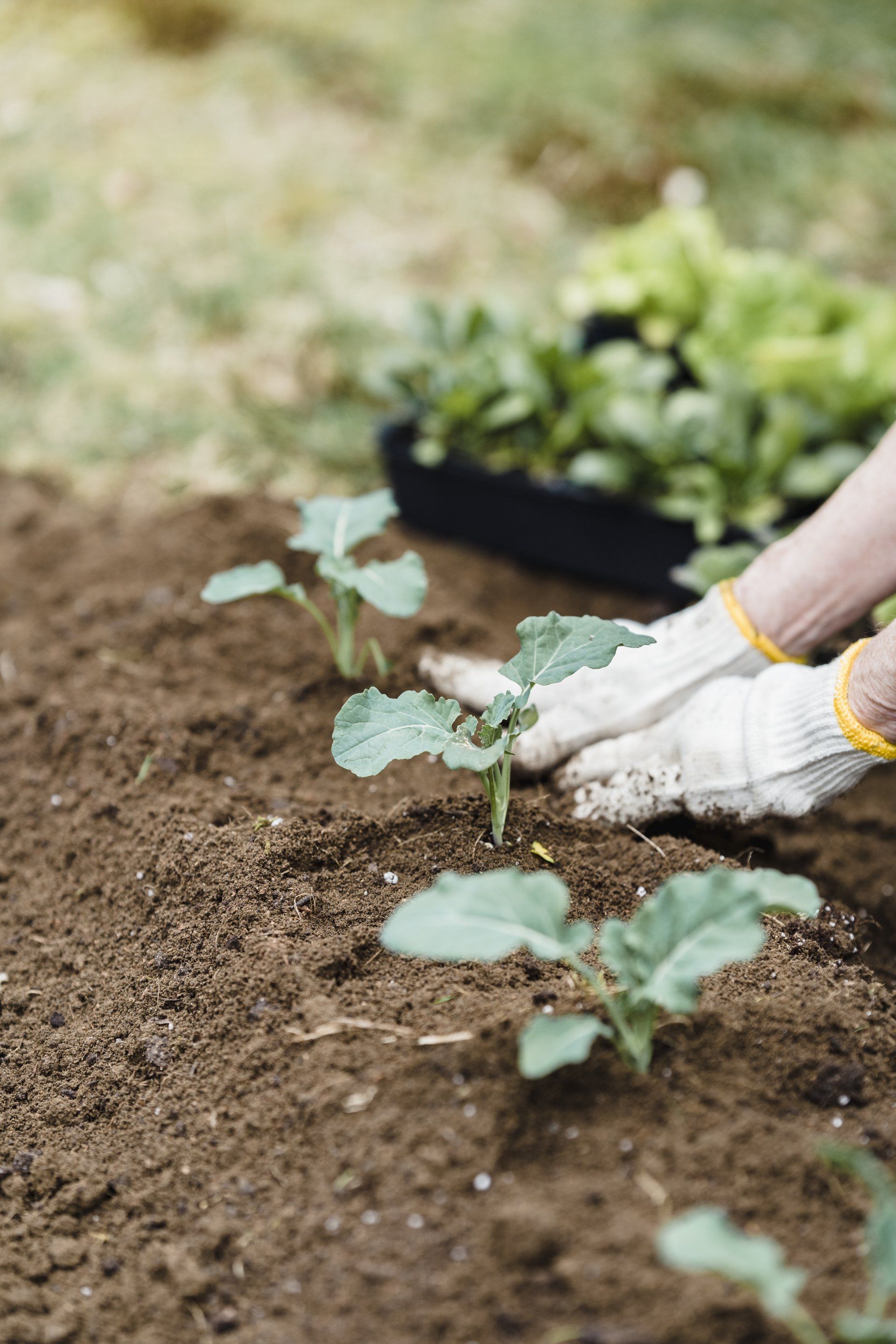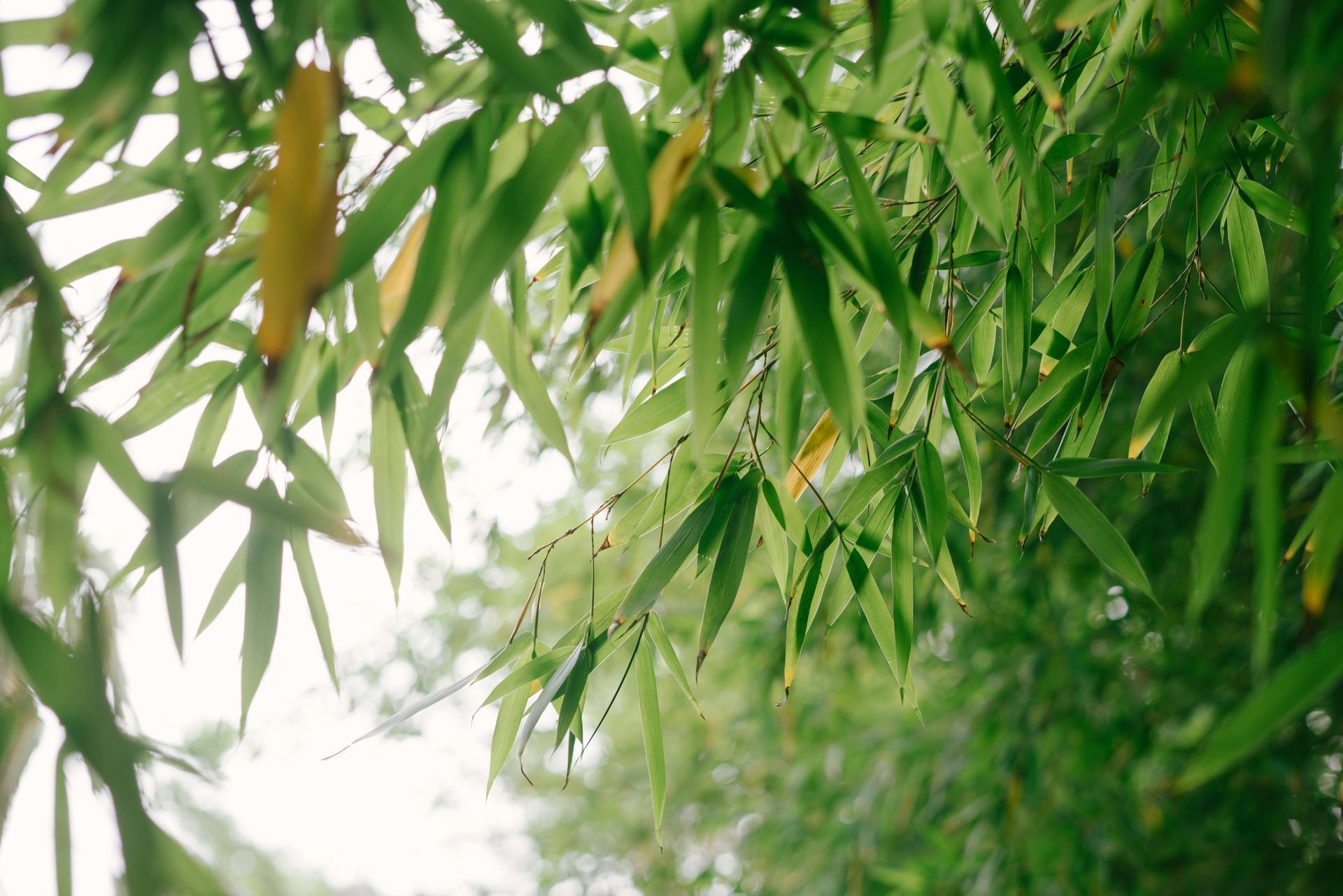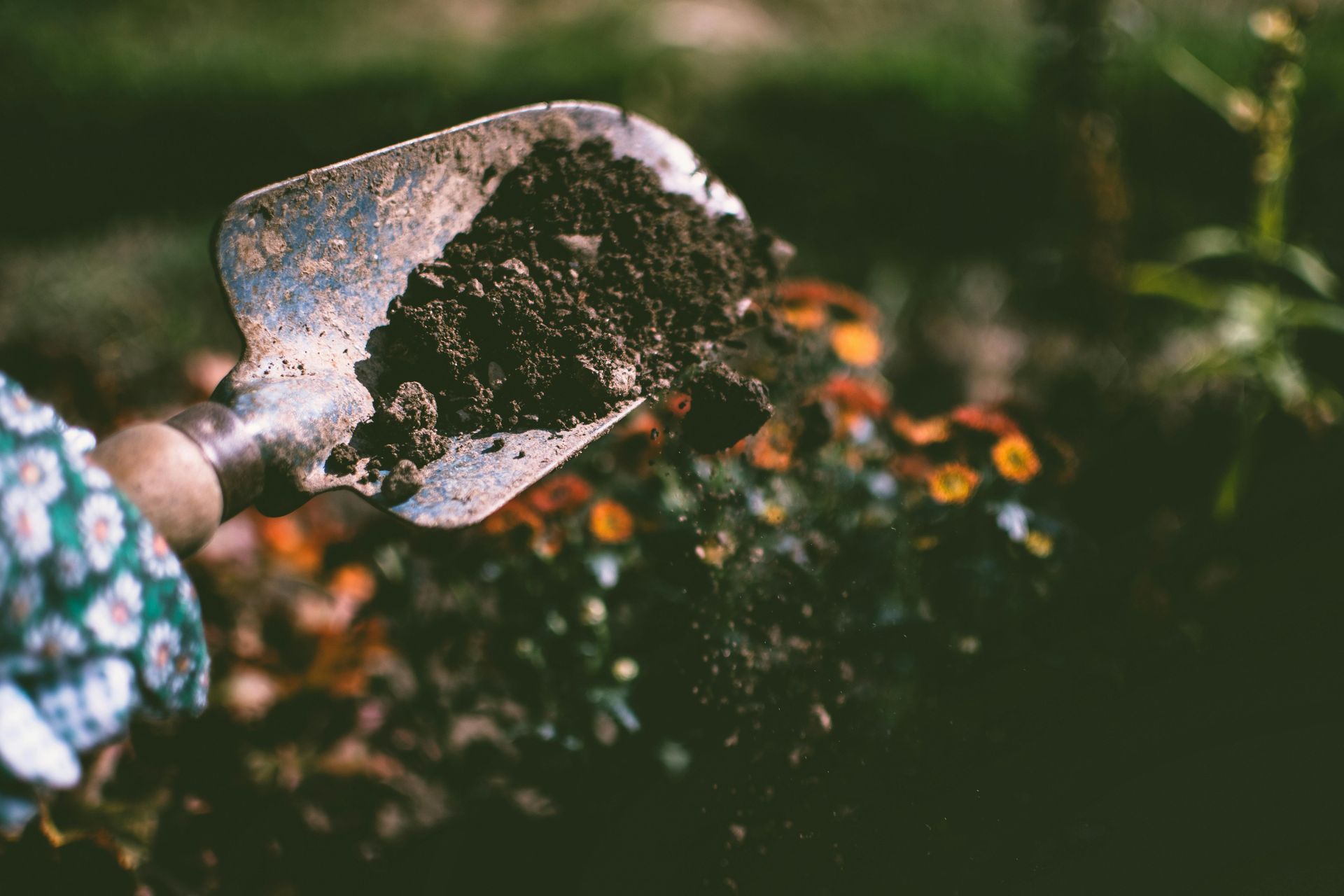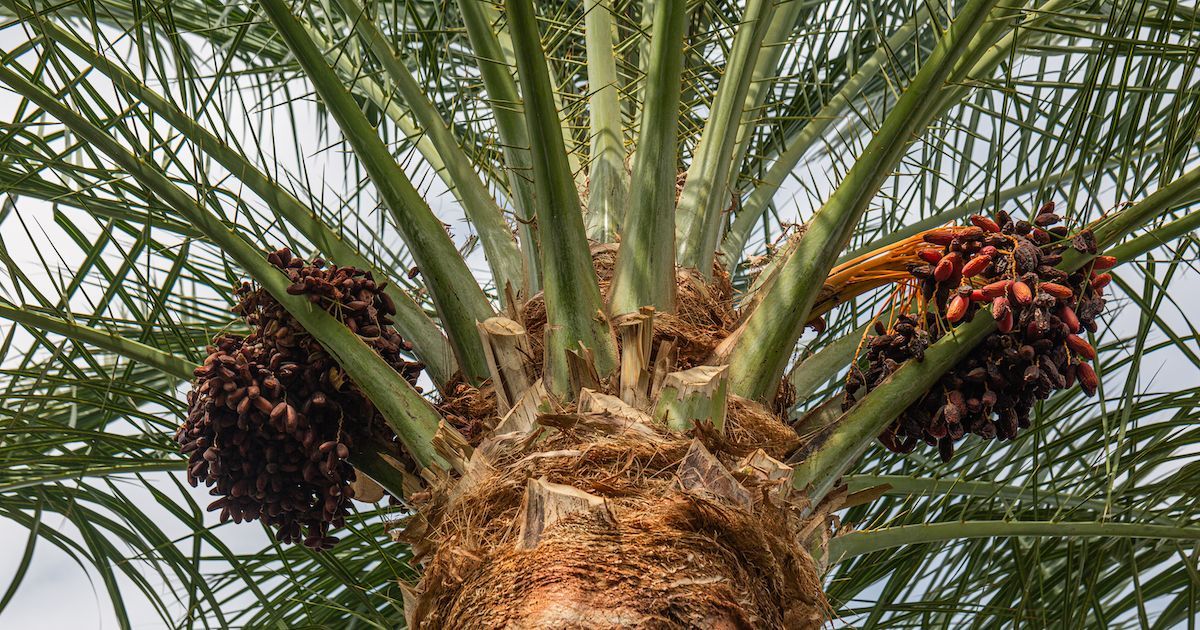A Better Drainage Technique
Given the prevalent heavy clay soils in Northern California, it's essential to implement strategies to improve drainage for plants like palms and olives. One recommendation is to incorporate a layer of 6" gravel beneath the root zone during planting. Additionally, elevating the plants on a raised berm facilitates better aeration for upper roots, preventing saturation in the clay layer below. Incorporating sand into the planting area further enhances drainage, providing the increased oxygenation necessary for optimal plant health and growth in these soil conditions.
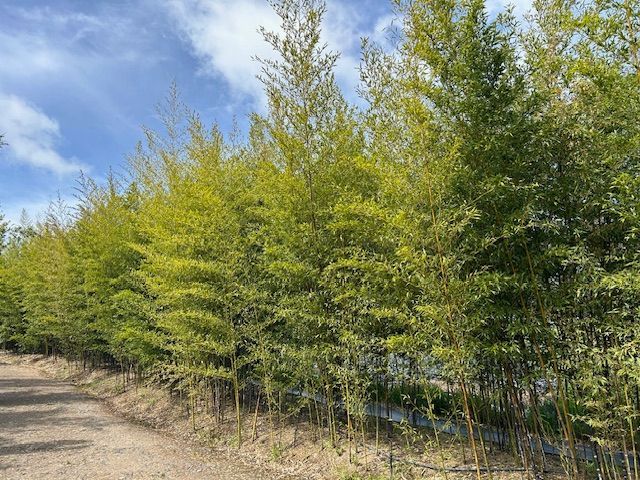
Mulching is another effective technique to enhance soil structure and drainage for your palm and olive trees. Organic mulch, such as wood chips or bark, can be spread around the base of the plants to retain moisture while allowing water to infiltrate the soil gradually. This helps to prevent waterlogging and promotes healthy root development. Moreover, mulching can regulate soil temperature, reduce erosion, and suppress weed growth, creating a more favorable environment for your trees. By combining these soil amendments with proper mulching, you can significantly improve the resilience and productivity of your palms and olives in heavy clay soils.

